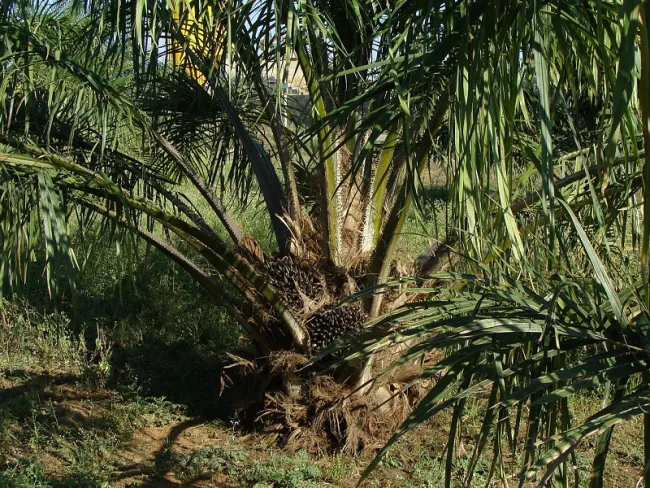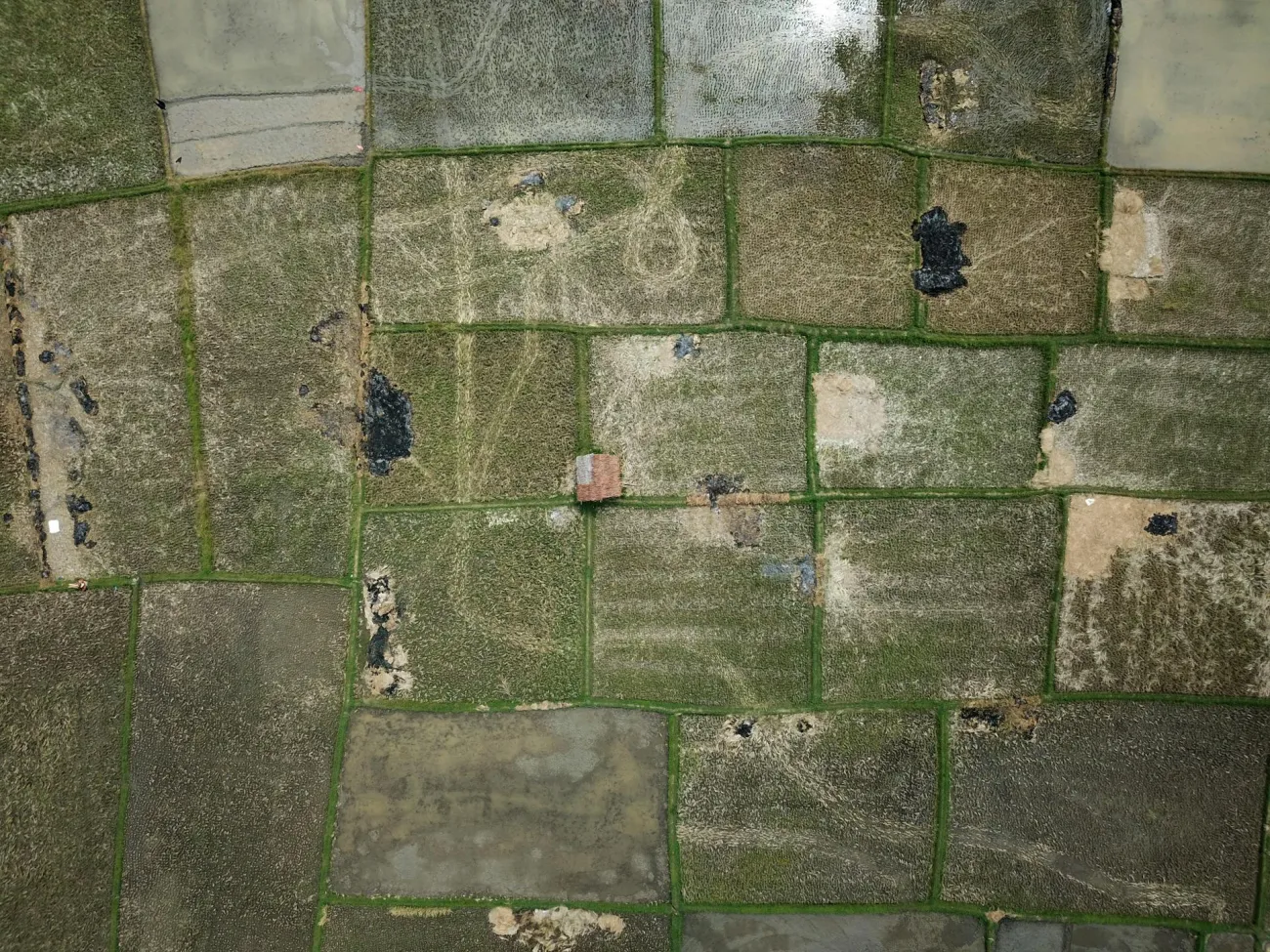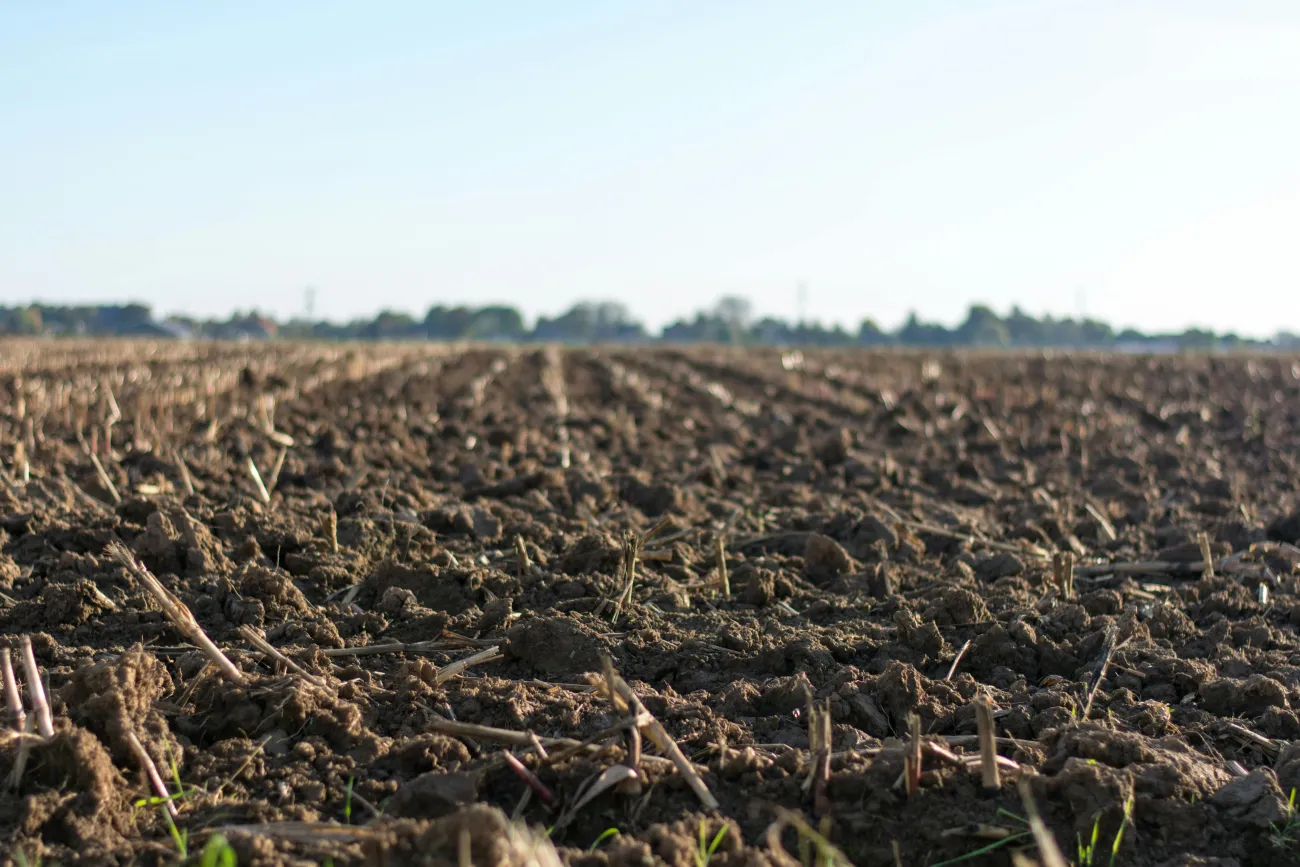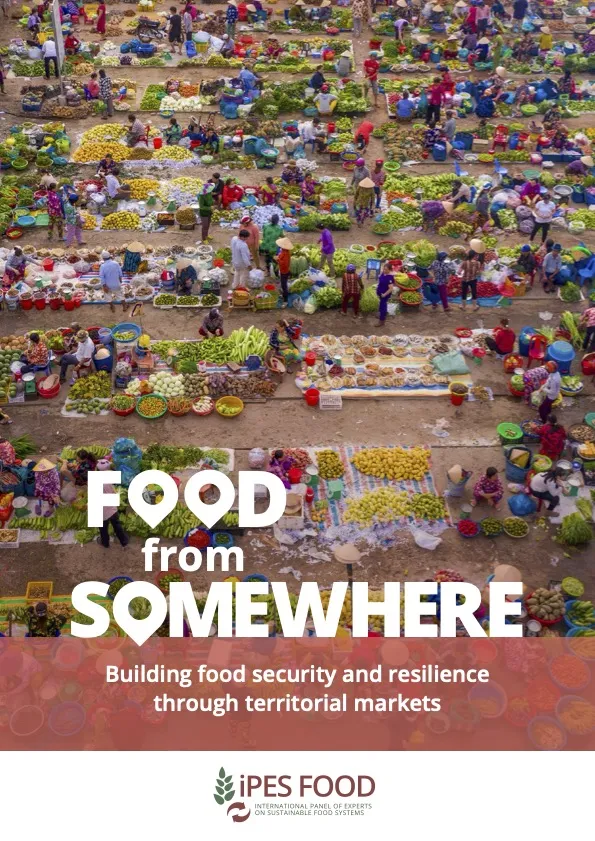This paper, co-authored by Table member Ken Giller, investigates the soil organic carbon stocks of oil palm plantations in Sumatra, Indonesia under a variety of management practices. Plantations using “best management practices” were found to have the highest soil carbon stocks, at 68 t ha−1. Plantations with smallholder management practices had the lowest soil carbon stocks, at 46 t ha−1, while those with current standard management practices had stocks of 57 t ha−1.

Best management practices included leguminous cover cropping and recycling of nutrients through the application of enriched mulch, made of byproducts including empty fruit bunches and palm oil mill effluent. The mulch helps to conserve soil moisture as well as adding nutrients and organic carbon back to the soil.
Current standard management practices include leguminous cover crops and application of inorganic fertilisers, but do not return organic byproducts (such as empty fruit bunches) to the soil.
Smallholder management practices did not involve either leguminous cover cropping or returning of empty fruit bunches to the soil. Small amounts of inorganic fertiliser and household and livestock residues (mostly cow dung) were applied when available.
Abstract
The rapid increase in global production of and demand for palm oil has resulted in large-scale expansion of oil palm monoculture in the world's tropical regions, particularly in Indonesia. This expansion has led to the conversion of carbon-rich land-use types to oil palm plantations with a range of negative environmental impacts, including loss of carbon from aboveground biomass and soil. Sequestration of soil organic carbon (SOC) in existing oil palm plantations is an important strategy to limit carbon losses. The aim of this study was to investigate SOC stocks of oil palm plantations under different management systems. Soil samples were collected from three different management systems (best management practices (BMP), current management practices typical of large plantations (CMP) and smallholder management practices (SHMP)) in north Sumatra, Indonesia. Plantations were divided into four management zones that were sampled separately with four replicate profiles in the weeded circle, frond stack, harvesting path and interrow zones. All the soil samples were collected from five (0–5, 5–15, 15–30, 30–50 and 50–70 cm) soil depths. Soil samples were analysed for concentration of SOC, soil texture, soil bulk density and pH. Calculations of SOC stocks in the soils were undertaken according to the fixed-depth and equivalent soil mass approaches. Results showed that SOC stocks of plantations under BMP (68 t ha−1) were 31% and 18% higher than under CMP (57 t ha−1) and SHMP (46 t ha−1) respectively. In the BMP system, soils under the interrow zone that received enriched mulch and frond stack positions stored significantly more SOC than the harvesting path of the BMP system (77, 73 and 57 t ha−1 respectively). BMP also had a 33% higher fresh fruit bunch yield compared to the SHMP system. This study shows that residue incorporation or retention as a part of BMP could be an effective strategy for increasing SOC stocks of oil palm plantations and confirms that these management practices could improve yields from SHMP systems.
Reference
Rahman, N., Giller, K.E., de Neergaard, A., Magid, J., van de Ven, G. and Bruun, T.B., 2020. The effects of management practices on soil organic carbon stocks of oil palm plantations in Sumatra, Indonesia. Journal of Environmental Management, 278, p.111446.
Read the full paper here. See also the Table explainer How can we reduce food-related greenhouse gas emissions?




Comments (0)